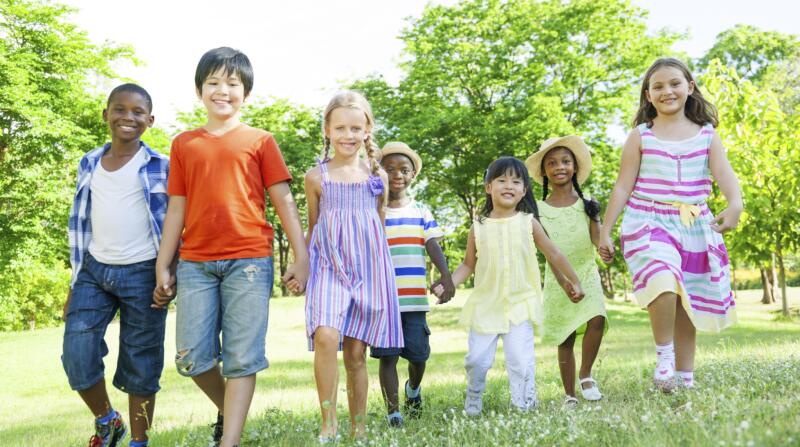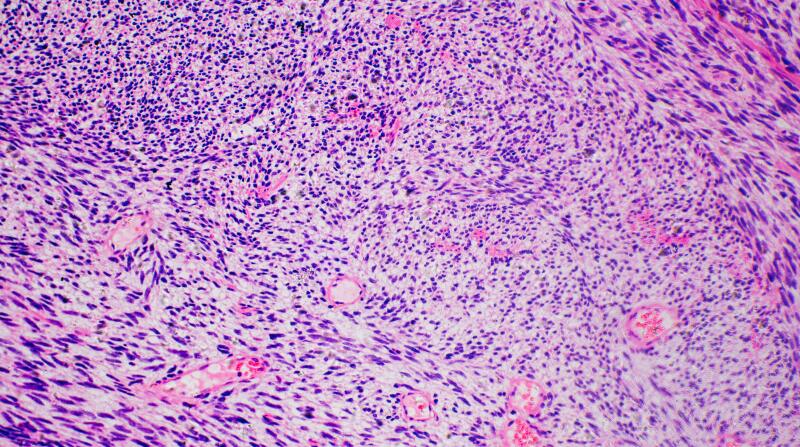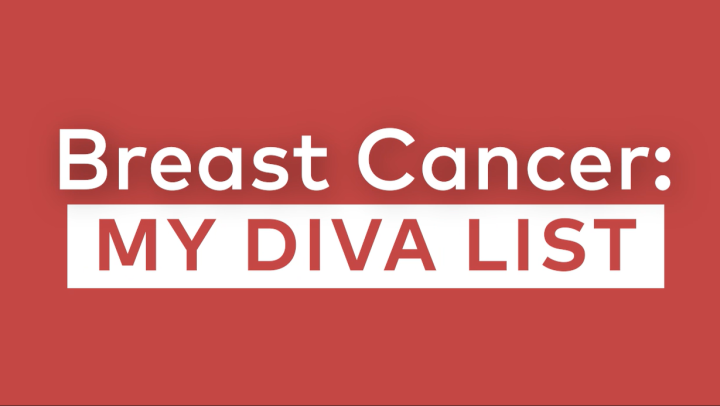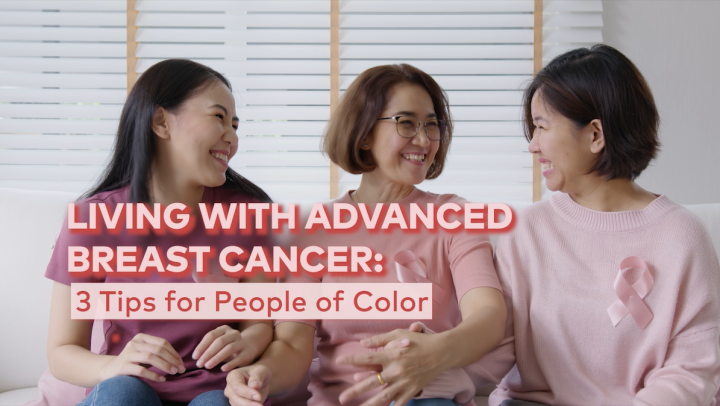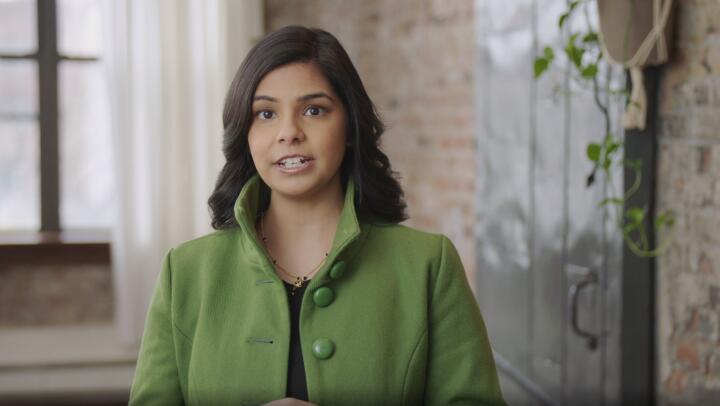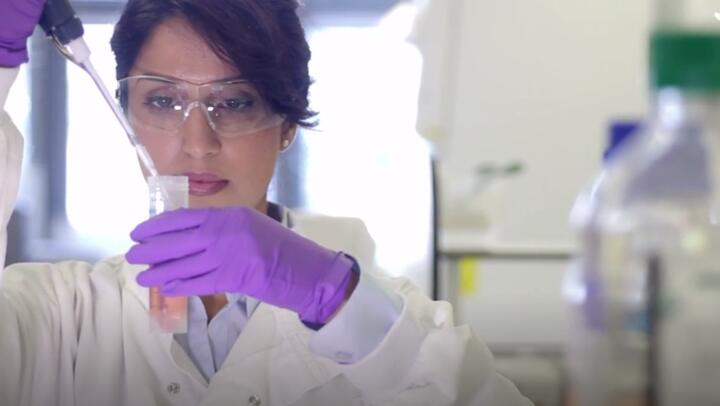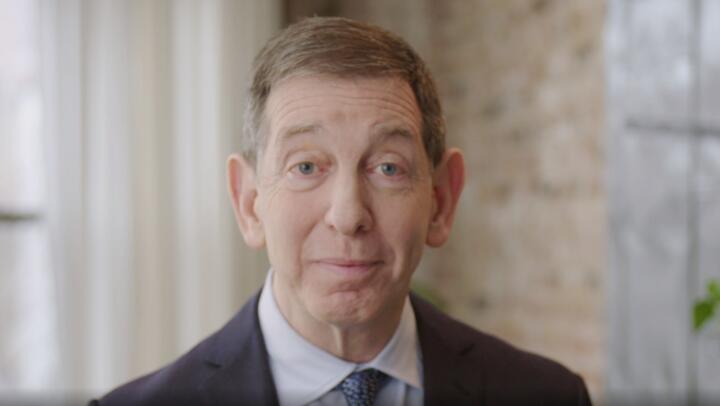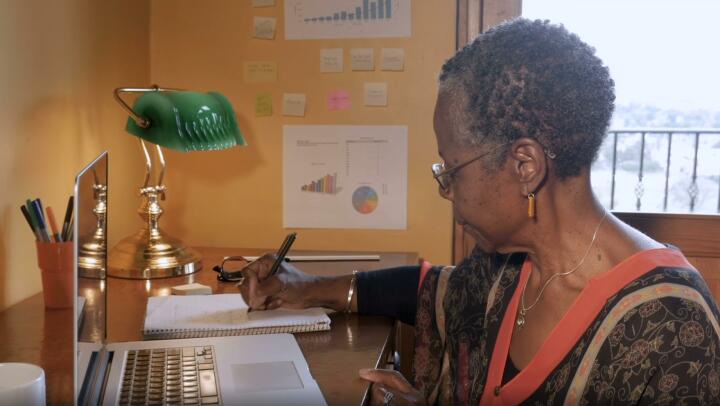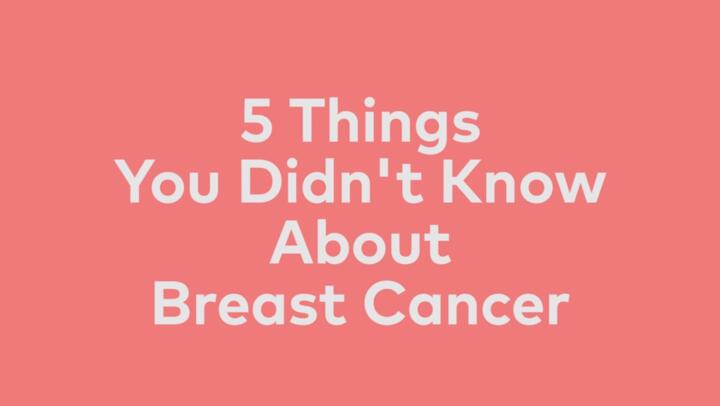8 Surprising Facts About Soft Tissue Sarcoma

Medically Reviewed By William C. Lloyd III, MD, FACS
Written By Sarah Lewis, PharmD on August 26, 2020
-
 Soft Tissue Sarcoma Facts That Might Surprise YouSoft tissue sarcomas affect the soft tissues of the body. This includes cartilage, connective tissues, fat, muscles, nerves, and blood and lymph vessels. The other kind of sarcoma is bone sarcoma—or osteosarcoma. Soft tissue sarcoma is not as well known as most other cancers, so you may not have heard about it unless it has affected you or your family. If you’re just learning about this cancer, here are some soft tissue sarcoma facts that may surprise you.
Soft Tissue Sarcoma Facts That Might Surprise YouSoft tissue sarcomas affect the soft tissues of the body. This includes cartilage, connective tissues, fat, muscles, nerves, and blood and lymph vessels. The other kind of sarcoma is bone sarcoma—or osteosarcoma. Soft tissue sarcoma is not as well known as most other cancers, so you may not have heard about it unless it has affected you or your family. If you’re just learning about this cancer, here are some soft tissue sarcoma facts that may surprise you. -
 1. Soft tissue sarcomas are rare.Doctors diagnose about 13,000 cases of soft tissue sarcoma each year in the United States. This makes it a rare cancer. In fact, it’s often called “the forgotten cancer” because of its rarity. For some perspective, there will be an estimated 1.8 million new cancer cases in 2020. Soft tissue sarcomas will account for 0.7% of them. By comparison, there will be more than 228,000 new lung cancer cases, or nearly 13% of new cancer cases.
1. Soft tissue sarcomas are rare.Doctors diagnose about 13,000 cases of soft tissue sarcoma each year in the United States. This makes it a rare cancer. In fact, it’s often called “the forgotten cancer” because of its rarity. For some perspective, there will be an estimated 1.8 million new cancer cases in 2020. Soft tissue sarcomas will account for 0.7% of them. By comparison, there will be more than 228,000 new lung cancer cases, or nearly 13% of new cancer cases. -
-
 2. Soft tissue sarcoma most commonly affects children.When you look at the ages of people with soft tissue sarcoma, it occurs more often in children than adults. It accounts for about 1% of adult cancer cases and about 15% of childhood cancers. Still, any type of cancer is rare in children. It’s estimated a little more than 11,000 children will be diagnosed with cancer in 2020. Leukemias are the most common cancer affecting children (28%), followed by brain and spinal cord tumors (26%).
2. Soft tissue sarcoma most commonly affects children.When you look at the ages of people with soft tissue sarcoma, it occurs more often in children than adults. It accounts for about 1% of adult cancer cases and about 15% of childhood cancers. Still, any type of cancer is rare in children. It’s estimated a little more than 11,000 children will be diagnosed with cancer in 2020. Leukemias are the most common cancer affecting children (28%), followed by brain and spinal cord tumors (26%). -
 3. Soft tissue sarcoma isn’t just one type of cancer.Because there are many types of soft tissue, there are many different types of soft tissue sarcoma. In fact, there are more than 50 kinds. Some of them, such as liposarcoma that affects fat tissue, are more common in adults. Others, such as rhabdomyosarcoma that affects the skeletal muscles, strike children more often. For some of these cancers, your age can affect your soft tissue sarcoma prognosis. For example, when adults get rhabdomyosarcoma, it’s often harder to treat. Similarly, the adult form of fibrosarcoma, which affects connective tissue, is often more aggressive than the childhood form.
3. Soft tissue sarcoma isn’t just one type of cancer.Because there are many types of soft tissue, there are many different types of soft tissue sarcoma. In fact, there are more than 50 kinds. Some of them, such as liposarcoma that affects fat tissue, are more common in adults. Others, such as rhabdomyosarcoma that affects the skeletal muscles, strike children more often. For some of these cancers, your age can affect your soft tissue sarcoma prognosis. For example, when adults get rhabdomyosarcoma, it’s often harder to treat. Similarly, the adult form of fibrosarcoma, which affects connective tissue, is often more aggressive than the childhood form.
Image: Fibrosarcoma human cancer cells under microscope. -
 4. Soft tissue sarcomas are hard to diagnose.In the early stages, soft tissue sarcoma symptoms are often mild or missing altogether. Most of these cancers develop in a limb, where the only noticeable symptom may be a small lump. Since the lump can be painless, people often overlook it. Only after the lump grows or becomes painful do people tend to seek care. Even then, it’s often misdiagnosed. If you have a lump that persists or concerns you, see your doctor and push to have a full evaluation, which may include imaging exams.
4. Soft tissue sarcomas are hard to diagnose.In the early stages, soft tissue sarcoma symptoms are often mild or missing altogether. Most of these cancers develop in a limb, where the only noticeable symptom may be a small lump. Since the lump can be painless, people often overlook it. Only after the lump grows or becomes painful do people tend to seek care. Even then, it’s often misdiagnosed. If you have a lump that persists or concerns you, see your doctor and push to have a full evaluation, which may include imaging exams. -
 5. Most oncologists have never treated soft tissue sarcoma.Due to its rarity, it’s possible that your local oncologist has never seen a case. If your doctor suspects a soft tissue sarcoma, get a second opinion from a doctor who has expertise with the cancer. The best possible care can increase your chance of successful treatment. For soft tissue sarcomas, research suggests patients have better outcomes at cancer centers that see a high number of cases—at least 50 patients per year. This is true even if they are sicker than patients seen at low-volume centers.
5. Most oncologists have never treated soft tissue sarcoma.Due to its rarity, it’s possible that your local oncologist has never seen a case. If your doctor suspects a soft tissue sarcoma, get a second opinion from a doctor who has expertise with the cancer. The best possible care can increase your chance of successful treatment. For soft tissue sarcomas, research suggests patients have better outcomes at cancer centers that see a high number of cases—at least 50 patients per year. This is true even if they are sicker than patients seen at low-volume centers. -
-
 6. Previous radiation therapy can cause some soft tissue sarcomas.In most cases, there is no known cause of a soft tissue sarcoma. A small number of them are linked to inherited disorders, such as Li-Fraumeni syndrome. However, about 5% of soft tissue sarcomas develop in areas previously treated with radiation therapy. On average, soft tissue sarcomas will show up about 10 years after radiation therapy for another cancer.
6. Previous radiation therapy can cause some soft tissue sarcomas.In most cases, there is no known cause of a soft tissue sarcoma. A small number of them are linked to inherited disorders, such as Li-Fraumeni syndrome. However, about 5% of soft tissue sarcomas develop in areas previously treated with radiation therapy. On average, soft tissue sarcomas will show up about 10 years after radiation therapy for another cancer. -
 7. Surgery is the main treatment for most soft tissue sarcomas.Treatment of soft tissue sarcoma usually involves surgery. Amputation was common in the past when treating these cancers in the limbs. Today, amputation is rare thanks to advanced surgical techniques that allow doctors to spare as much as the limb as possible. These limb-sparing surgeries are able to preserve normal or near-normal function and appearance for many patients. Surgeons at high-volume soft tissue sarcoma centers have the expertise to perform these procedures with the best outcomes.
7. Surgery is the main treatment for most soft tissue sarcomas.Treatment of soft tissue sarcoma usually involves surgery. Amputation was common in the past when treating these cancers in the limbs. Today, amputation is rare thanks to advanced surgical techniques that allow doctors to spare as much as the limb as possible. These limb-sparing surgeries are able to preserve normal or near-normal function and appearance for many patients. Surgeons at high-volume soft tissue sarcoma centers have the expertise to perform these procedures with the best outcomes. -
 8. Most soft tissue sarcomas are localized at diagnosis.Localized tumors are only in one area and haven’t spread. About 60% of soft tissue sarcomas are localized at the time of diagnosis. For these cancers, the five-year relative survival rate is high at 81%. The soft tissue sarcoma survival rate declines when tumors are locally advanced or metastasized. However, survival rates can’t tell you how long someone with cancer will live. They are only statistics. There are several factors that go into a soft tissue sarcoma prognosis. Your doctor is the best resource for understanding your (or child’s) outlook for the future.
8. Most soft tissue sarcomas are localized at diagnosis.Localized tumors are only in one area and haven’t spread. About 60% of soft tissue sarcomas are localized at the time of diagnosis. For these cancers, the five-year relative survival rate is high at 81%. The soft tissue sarcoma survival rate declines when tumors are locally advanced or metastasized. However, survival rates can’t tell you how long someone with cancer will live. They are only statistics. There are several factors that go into a soft tissue sarcoma prognosis. Your doctor is the best resource for understanding your (or child’s) outlook for the future.
8 Surprising Facts About Soft Tissue Sarcoma


